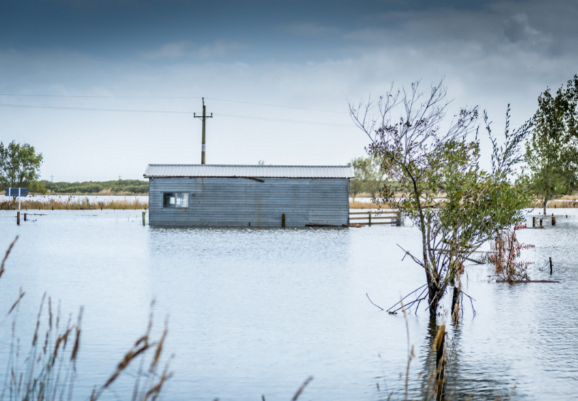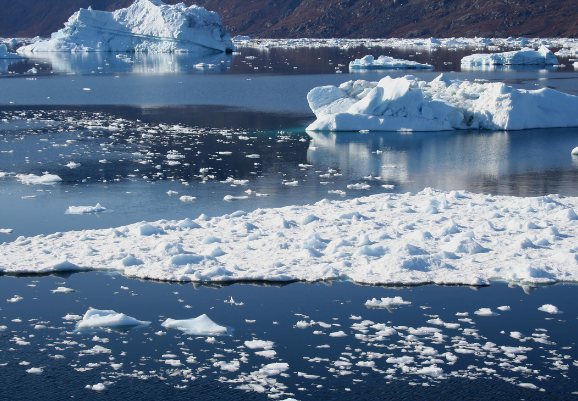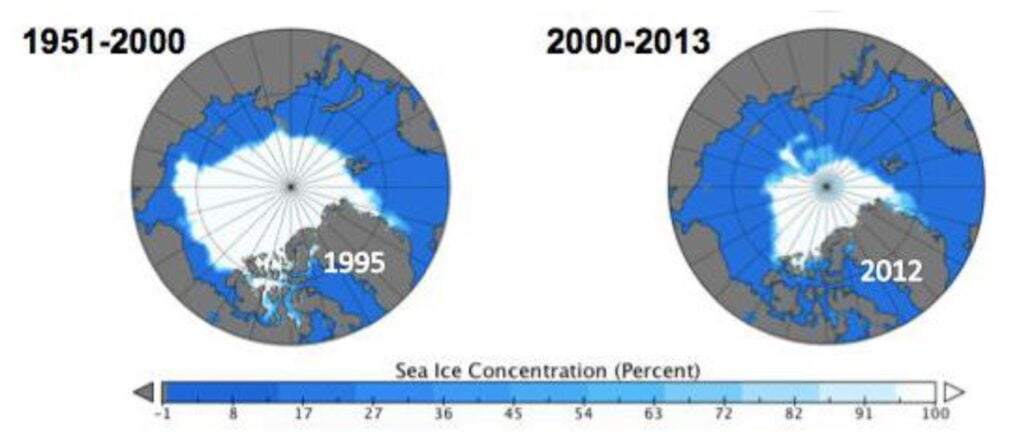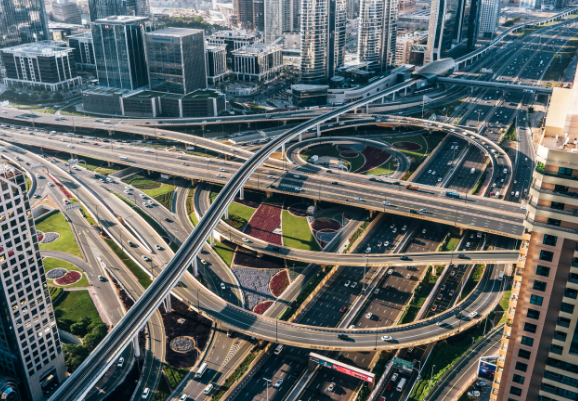The graph shows satellite measurements of global sea level rise since 2000.
(mm = millimetres)

a) Draw a line of best fit through the data between 1993 and 2010, and work out the rate of global sea level rise.
[3 marks]
b) Draw a line of best fit through the data between 2010 and 2018, and work out the rate of global sea level rise.
[3 marks]
c) What does the difference between the rate in part b) and the rate in part c) tell us about how global sea level rise is changing?
[1 mark]










